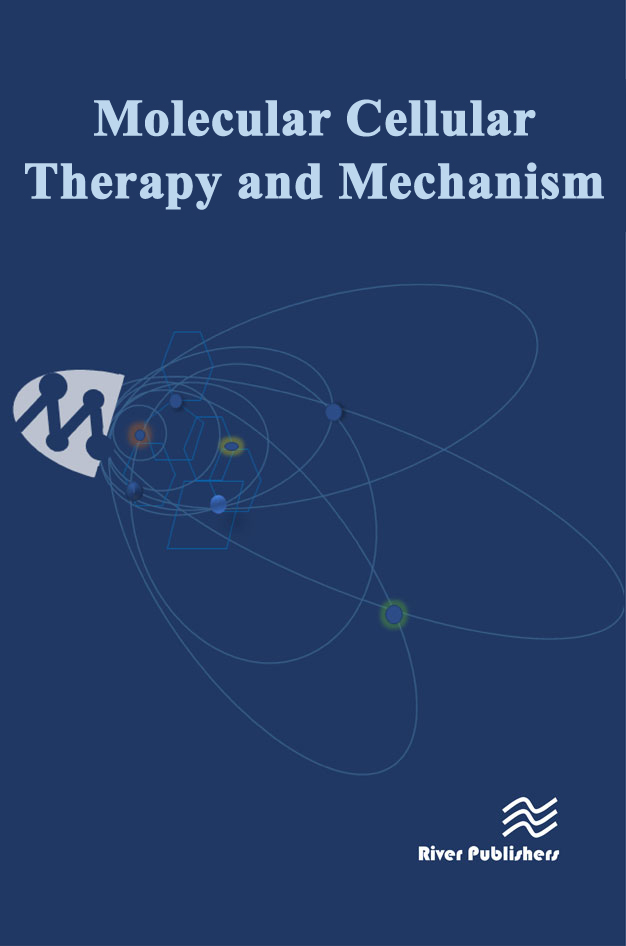Gene therapy for malignant glioma
DOI:
https://doi.org/10.13052/2052-8426-2-21Keywords:
Glioblastoma, Gene therapy, Prodrug suicide, Oncolytic, Cytokine mediated, Tumor suppressor geneAbstract
Glioblastoma multiforme (GBM) is the most frequent and devastating primary brain tumor in adults. Despite current
treatment modalities, such as surgical resection followed by chemotherapy and radiotherapy, only modest
improvements in median survival have been achieved. Frequent recurrence and invasiveness of GBM are likely due
to the resistance of glioma stem cells to conventional treatments; therefore, novel alternative treatment strategies
are desperately needed. Recent advancements in molecular biology and gene technology have provided attractive
novel treatment possibilities for patients with GBM. Gene therapy is defined as a technology that aims to modify
the genetic complement of cells to obtain therapeutic benefit. To date, gene therapy for the treatment of GBM has
demonstrated anti-tumor efficacy in pre-clinical studies and promising safety profiles in clinical studies. However,
while this approach is obviously promising, concerns still exist regarding issues associated with transduction
efficiency, viral delivery, the pathologic response of the brain, and treatment efficacy. Tumor development and
progression involve alterations in a wide spectrum of genes, therefore a variety of gene therapy approaches for
GBM have been proposed. Improved viral vectors are being evaluated, and the potential use of gene therapy alone
or in synergy with other treatments against GBM are being studied. In this review, we will discuss the most
commonly studied gene therapy approaches for the treatment of GBM in preclinical and clinical studies including:
prodrug/suicide gene therapy; oncolytic gene therapy; cytokine mediated gene therapy; and tumor suppressor
gene therapy. In addition, we review the principles and mechanisms of current gene therapy strategies as well as
advantages and disadvantages of each.


